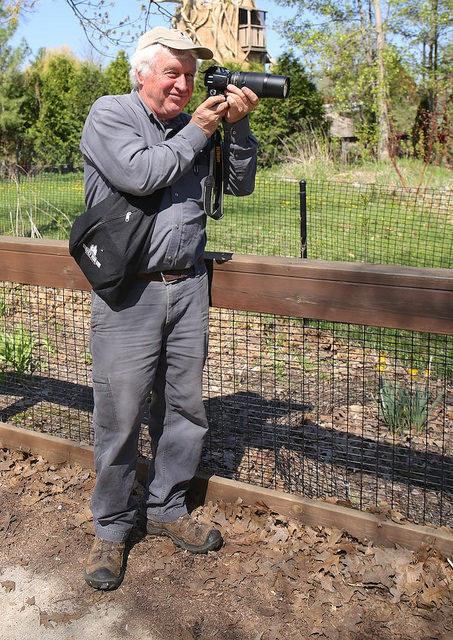Some of the most important work organizations do is what the public doesn't see. True to that sentiment is the work of Marge Burke Streitferdt, our Keystone Volunteer this month, who is Madison Audubon's editor extraordinaire. Marge spends uncountable and invaluable hours combing through our quarterly newsletters in search of errors, a talent and hobby that few of us possess and many of us envy. With each newsletter we publish, we count our lucky stars for Marge.
"After retiring as customer communications manager for a large midwestern gas and electric utility, I launched my next career as free-lance writer," says Marge. "Part of my paying job was helping fellow employees with their writing and editing. When Madison Audubon was looking for newsletter help several years ago, I volunteered my assistance."
Within my first month of working at Madison Audubon, I got to see Marge's prowess first-hand when I sent her a draft of our fall 2016 newsletter. It was a both humbling experience but one I could laugh through. Her red pen caught every typo, indentation error, and grammatical mistake with sniper-like accuracy, but her humor and quirky comments made the exercise both educational and fun. Striking that balance takes rare talent, indeed!
"It’s a good outlet for my frequent urges to sneak around town at night with a can of red paint to fix the errors that pop up regularly on billboards and signs (restruant? taco’s? say it isn’t so). I figure volunteering with MAS keeps me out of jail," Marge jokes.
To learn how you can volunteer with Madison Audubon (and stay out of jail too), visit our volunteer page.
Written by Brenna Marsicek, Director of Communications
















